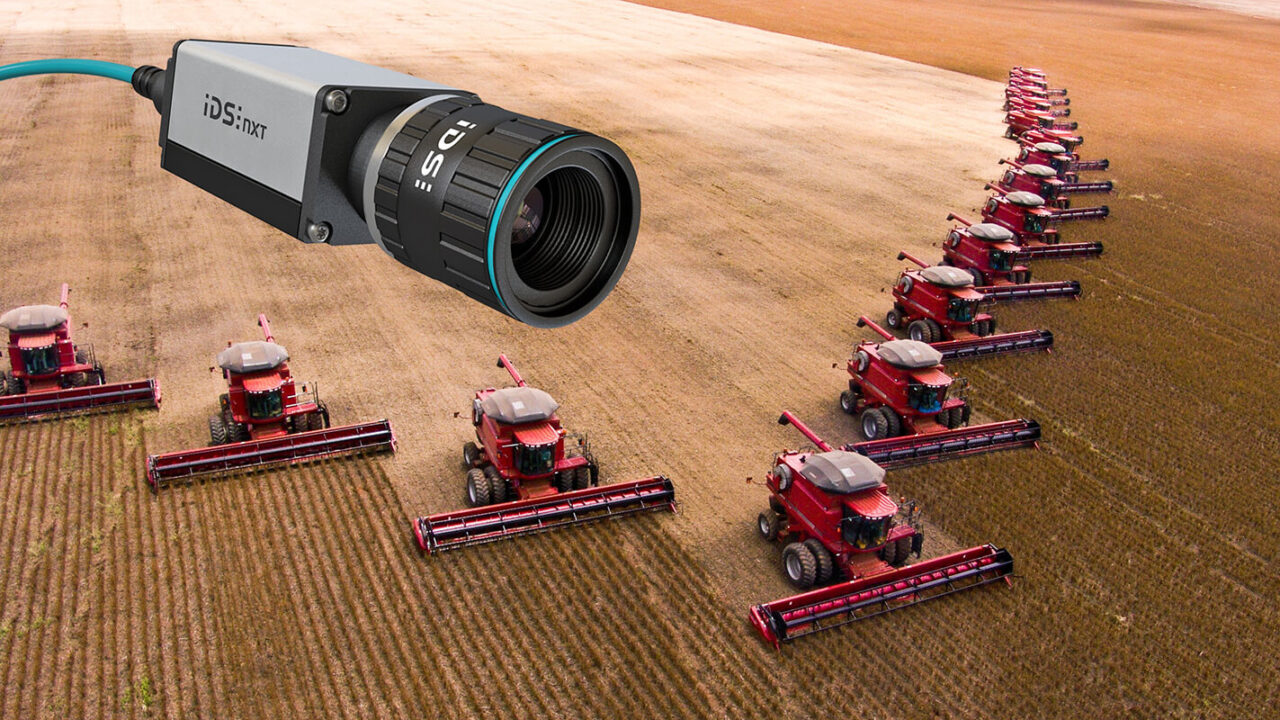Pulling in the Reins on Ag Tech Enthusiasm
One of the interesting “side gigs” I get to do as a result of having invested a couple decades as an observer and recorder of this fine industry is provide consultation.
This generally involves a phone call lasting no more than an hour, during which I provide background information on some aspect of the industry. Most of the time it’s a person or group from way outside the industry, such as investors or organizations interested in understanding whether their products might fit somewhere in the “vast gold mine of opportunity” (said with all sarcasm) available in the agriculture market.
Recently, I had the opportunity to provide insight for a group that requested the better part of a work day for a conversation, in particular about technology in agriculture and where opportunities might exist. Truth be told, that’s been the most common area of discussion, in particular in recent years.
Of course, I can’t divulge any specifics of the conversation, but in my most recent discussions about what potential does exist, I generally feel an obligation to steadfastly poke holes in excessive exuberance and question tenuous plans at every turn.
My most recent experience, having sat through what ultimately was a really enriching and interesting conversation, were these two things. First, the proliferation of “market size” numbers that create the illusion of wild opportunity in agriculture is beyond just annoying — they do damage by promising riches that will almost assuredly never come. Companies that buy in get burned, overpromised customers get burned, and everyone who’s left to pick up the pieces ends up taking a step backward.
Second, on more than one occasion I started listening to myself explain how things work, and it made me realize how excrutiatingly difficult it is to bring a truly disruptive innovation to agriculture.
I’m often asked to name the biggest technology innovations in agriculture in the last 50 years, and I find myself quoting what others have shared with me: air conditioning; Roundup Ready crops; and automatic steering.
Mind you, I am talking about widely commercialized, post-tractor-conversion technology. When companies outside of agriculture want to “bring their innovations” to the agriculture market, this is what is truly in their hearts. That some over-the-top majority of a grower segment will scratch a check and adopt a technology that will “revolutionize” the way crops are produced.
The truth, as we all know, is that achieving this level of adoption borders on impossible, in particular in the short time frame many investors have in mind. And agriculture isn’t alone … disruption along the lines of Uber for ride sharing do not come along often (and the jury’s out on whether that’s truly an end-all).
My encouragement, that virtually no one wants to hear, is to find a “bite-size” segment — a problem desperately needing to be addressed, and see what can be built from that. Blue River did it with “See and Spray” by combining machine learning with the weed menace that is Palmer amaranth.
I’m not discouraging big ideas here, but I’ve seen precious few entities with the time, patience, and resources to see things through.






